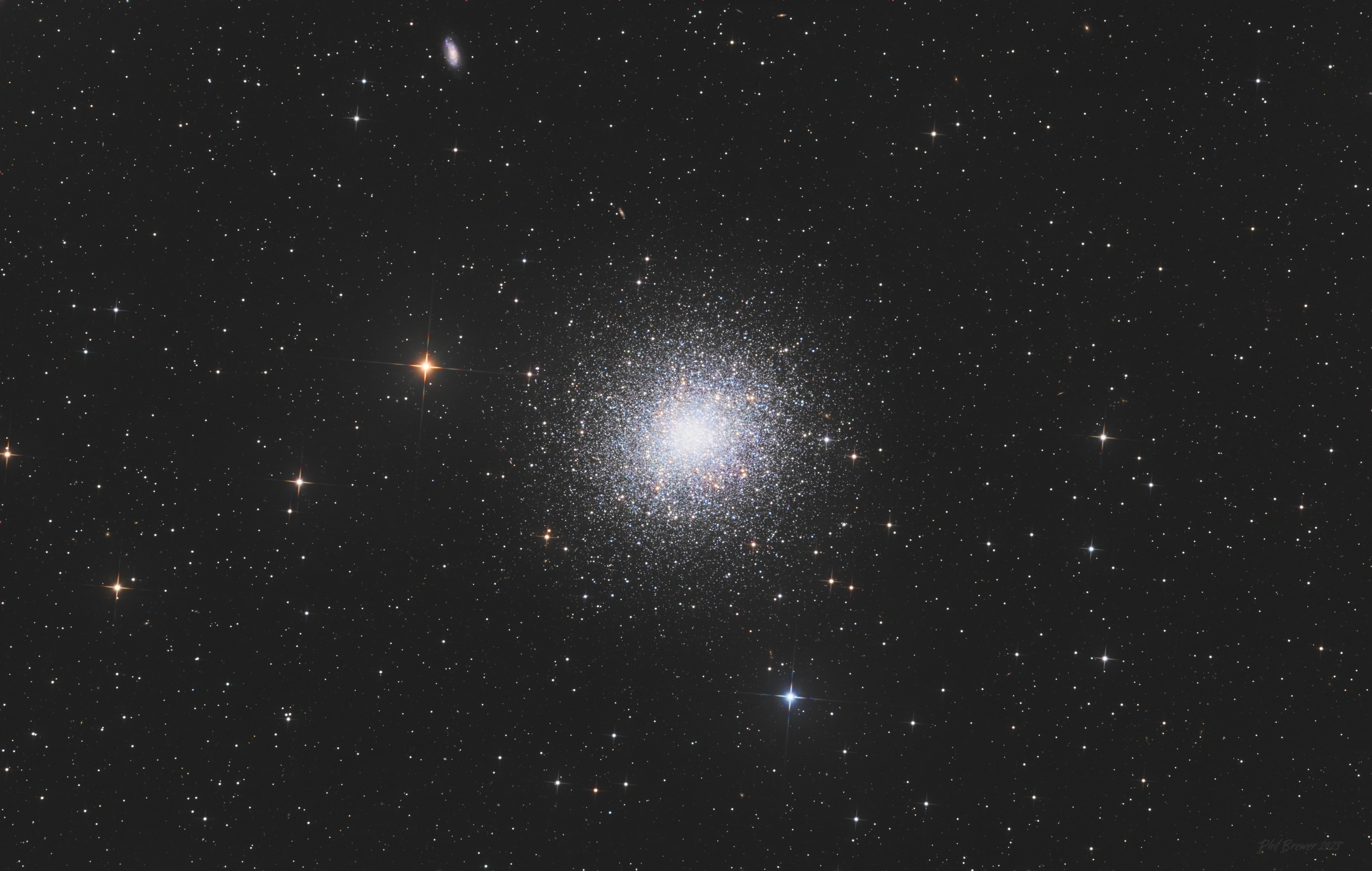We would probably only ever get a real image like this if humanity becomes a multi-galactic race. And I agree, the odds of that are close to zero and sad.
pbkoden
joined 1 year ago
The Cygnus Loop is a spernova remnant in the Cygnus constellation. The nebula is massive, much larger than the full moon in the sky. It is about 120 light years in diameter and over 2,000 light years away from the Earth. This data is a false color image consisting of Hydrogen and Oxygen emissions along with true-color RGB stars. Was taken over most of the month of July 2023.
My Gear:
- Redcat 51 II APO 250mm f/4.9
- iOptron CEM120 mount
- Custom fabricated steel pier mounted to a concrete pier
- ROR Observatory based on Skyshed plans
Aquisition (per panel):
- 38x180s Chroma Blue
- 38x180s Chroma Red
- 37x180s Chroma Green
- 73x600s Chroma Ha 3nm
- 73x600s Chroma OIII 3nm
Total integration time: 29 hours 59 min
Site quality: On the best nights, roughly 20.4 Mag/arcs^2 or Bortle 5.0.
All Processing is in Pixinsight except where noted.
PreProcessing (all channels):
- WBPP for calibration, registration, and integration
- Dynamic Crop
RGB Stars:
- Linear fit of the three channels
- Channel Combination
- BlurXTerminator to reduce and sharpen stars
- NoiseXTerminator
- Histogram Transformation
Ha, OII:
- StarXTerminator star removal
- Dynamic Background Extraction
- NoiseXTerminator
- Histogram Transformation
- Pixelmath combine to HOO
- Curves to tweak color
- BlurXTerminator sharpening
- Pixelmath to add stars
- Curves Transformation for brightness/contrast/saturation/color balance
- Resample 66%
- NoiseXTerminator
- Watermark added (Gimp)


I'm an engineer that makes those drawings and I can't dispute this at all.